Know Yourself, Know Your Horse With Chelsea Canedy
Chelsea Canedy is an event rider and trainer based in Wales, Maine, at her beautiful Unexpected Farm. Her training approach places a strong emphasis on understanding how horses learn, as well as rider mindfulness, and how that translates into better performance. Learn more about her at www.chelseacanedy.com.
Do you ever feel out of sync with your horse? Like no matter how long you’ve been together, you’re just not on the same page? I promise, you’re not alone. The key to creating better communication and a stronger bond between you and your horse is meeting both yourself and your horse right where you are, at any given moment. Then, using your presence and awareness, both on the ground and under saddle, to both of your benefit. In this article, you’ll learn how to use presence in groundwork and in the saddle to create a stronger connection with your horse. By practicing tuning into your own emotions with the support of breathwork and simple meditation, and then learning how to read your horse’s subtle signals, you’ll be able to create a lasting relationship built on understanding and empathy.

1) Being where you are
The essence of being where you are is noticing and accepting how you’re feeling from moment to moment, for better or worse. It doesn’t do you or your horse any good if you’re trying to take in information during a lesson while also trying to shove down the bad day you had at work before you got to the barn.
Horses are masters at reading our emotional state, and no amount of fake smiling will change that. They’re keenly aware of when we’re scared but acting tough, or stressed but acting calm. And because of that, they crave congruence from us. Congruence is the ability to be having an emotion and acting accordingly. You know that saying, “the only way out is through''? That’s the starting place for creating congruence between your feelings and behavior.
You start to be where you are when you acknowledge your feelings rather than avoiding them, and observing the thoughts that come with them, instead of analyzing them to death. Your feelings can be temporary guests if you allow them to pass through, as opposed to pulling up a chair for them to linger.
This isn’t to say you’re not allowed to feel things at the barn. In fact, it’s exactly the opposite. You’ll find the most connection with your horse when you’re fully present, feeling your feelings in appropriate ways. In a world that is full of distractions, being present in the moment and accountable for your energy can feel like a daunting task, but it doesn’t have to be.
One of the easiest ways to recenter yourself in the present moment is to take a few slow, deep breaths, really focusing on how it feels in your body to inhale and exhale. That’s just one simple example, but there are all sorts of breathwork techniques, from box breathing to alternate nostril breathing, that you can try. Practicing any one of them in the car before you step into the barn or at the mounting block before a ride is a great way to reset your nervous system to come back into congruence before you work with your horse. A short meditation practice focused on grounding yourself in your physical location and in your own body is also a great way to become more present. There are many short guided meditations you can listen to in your car when you arrive at the barn, before you go connect with your horse.
And if in becoming present in this way, you recognize that you don’t have the capacity to do what you had planned with your horse, it’s always okay to choose to do something else that brings you joy and a sense of peace. Because at the end of the day, isn’t that why we enjoy spending time with our horses in the first place?
2) Meeting your horse where they are
Just like you, your horse is going to have easy days and hard days - both mentally and physically. While we’re normally pretty good about honoring their physical state, in that you wouldn’t ride a lame horse, it can be easier to overlook your horse’s emotional state, which can just as easily spell disaster in certain circumstances.
Chances are, your horse is spending much more of their day without you than with you. Maybe their routine was changed, something really spooked them, or their usual buddy isn’t near in turnout, so by the time you show up, they’re already feeling uneasy. You can either choose to ignore how they’re feeling to do what you want to do, or you can choose to show empathy for them and try to make them feel more comfortable.
It’s our job as their human partner to give them grace on their hard days, in the same way we discussed doing for ourselves. Sometimes this may look like practicing riding exercises that are easier for them, ones that they know well and can get the right answers to in order to build their confidence. Other times it may look like not riding at all, and instead choosing to go for a hand graze or sharing a quiet grooming session.
It’s important to realize that our horses are not robots. They require patience from us to perform their best, and empathy breeds patience. When you prioritize their welfare and your relationship by both accepting and accommodating their hard days, you’re demonstrating to them that you’re just as willing to be a good partner for them as they are for you. You’re putting money in your relationship bank account, which means those funds will be available when you really need them.

3) Using your presence in groundwork
Every horse person uses groundwork, whether they are consciously aware of it or not. The moment you approach your horse, you’re starting a conversation with them. From how you walk up to them, to how you halter and lead them, through how you tack them up; it’s all groundwork, and it is all part of the conversation going on between you and your horse. How you approach those conversations plays a huge role in how your horse will respond to you.
Your horse is always giving you information. You just have to be willing and open to hearing it. Does your horse eagerly greet you when you approach, or are they hard to catch? Are they alert and quiet while you’re tacking up, or do they dance around and fidget? These are all opportunities to hear and respond to what your horse is trying to tell you on the ground, without ever grabbing a rope halter and 10ft line.
We use groundwork as a way to check in with our horses, really seeing and getting to know them as a full picture. There is so much valuable information to be gathered here. You can observe their eyes, ears, tail, skin and muscle twitches, etc. in ways you could never do from the saddle. These observations can help inform you of how your horse is likely feeling about whatever situation you’re in.
You can also influence their behavior and how they’re feeling by using your own energy, and you can see their body and mind respond in real time. For example, you can appear timid or anxious, causing them to look for their own safety and security apart from you, which will likely appear as anxiety in them as well. Or on the other end of the spectrum, you can exude confidence and empathy so that they feel safe, well-guided and supported, which will likely lead to a more relaxed and willing partner. Observing how your energy impacts your horse on the ground gives you better insight as to how it might feel for them when you’re riding with those same energies.
4) Using your presence in the saddle
If doing groundwork with your horse is a face-to-face conversation, where you can see the full picture of your horse from nose to tail, riding is a phone call. You’re still having a conversation with them, but you’re not able to see their facial expressions or their body language. Missing those vital pieces of information about the nature of the conversation between you is exactly why knowing them on the ground is so important. Getting to know them on the ground before riding allows you to show up for them in the saddle in the best way possible.
On a similar note, this isn’t just about getting to know them on the ground and then hopping on as usual. You can continue to influence your horse’s emotional and physical state from their back, using what you have learned about how your horse responds to you on the ground. For example, you notice that during your groundwork your horse’s body softens when you consciously relax your shoulders and unclench your jaw. The same is likely true while you’re riding! Even if you can’t see your horse’s face, you can feel how their body responds under you.
In both groundwork and under saddle, you can always go back to practicing your breathwork and slowing your mind down to reconnect with the present moment. Many of us have a tendency to let our minds wander while doing something familiar to us. If you notice you’re distracted from the present moment, thinking about what to make for dinner later or what you have to finish at work tomorrow, use that as a reminder to check back in with your breath and your body, and notice how your horse feels.
Meeting yourself and your horse where you are, and using your presence both on the ground and under saddle, is key to building a better partnership. Learning to leverage the information your body is giving you, and what your horse is communicating to you on the ground through their body language and emotions, will ultimately pay off in your riding. The more time and attention you give your horse, the stronger the bond between the two of you will be, and the more money you’ll have in your relationship bank account. So take a deep breath and take the time to honor yourself in order to better understand your horse. They will thank you for it!
Meeting yourself and your horse where you are, and using your presence both on the ground and under saddle, is key to building a better partnership. Learning to leverage the information your body is giving you, and what your horse is communicating to you on the ground through their body language and emotions, will ultimately pay off in your riding. The more time and attention you give your horse, the stronger the bond between the two of you will be, and the more money you’ll have in your relationship bank account. So take a deep breath and take the time to honor yourself in order to better understand your horse. They will thank you for it!

Looking for a tangible way to work these skills into your everyday ride? With help from Chelsea, we've created a free printable called "Build Your Own Pre-Ride Routine".
Interested in learning more about how you can better communicate with your horse? Check out the New England Spring Symposium (May 26 - 28, 2023) at Chelsea’s Unexpected Farm in Wales, Maine! This three day clinic features guest trainers, Tik and Sinead Maynard, where they will focus on building partnerships. Learn more and grab your auditing passes today at: https://www.chelseacanedy.com/events

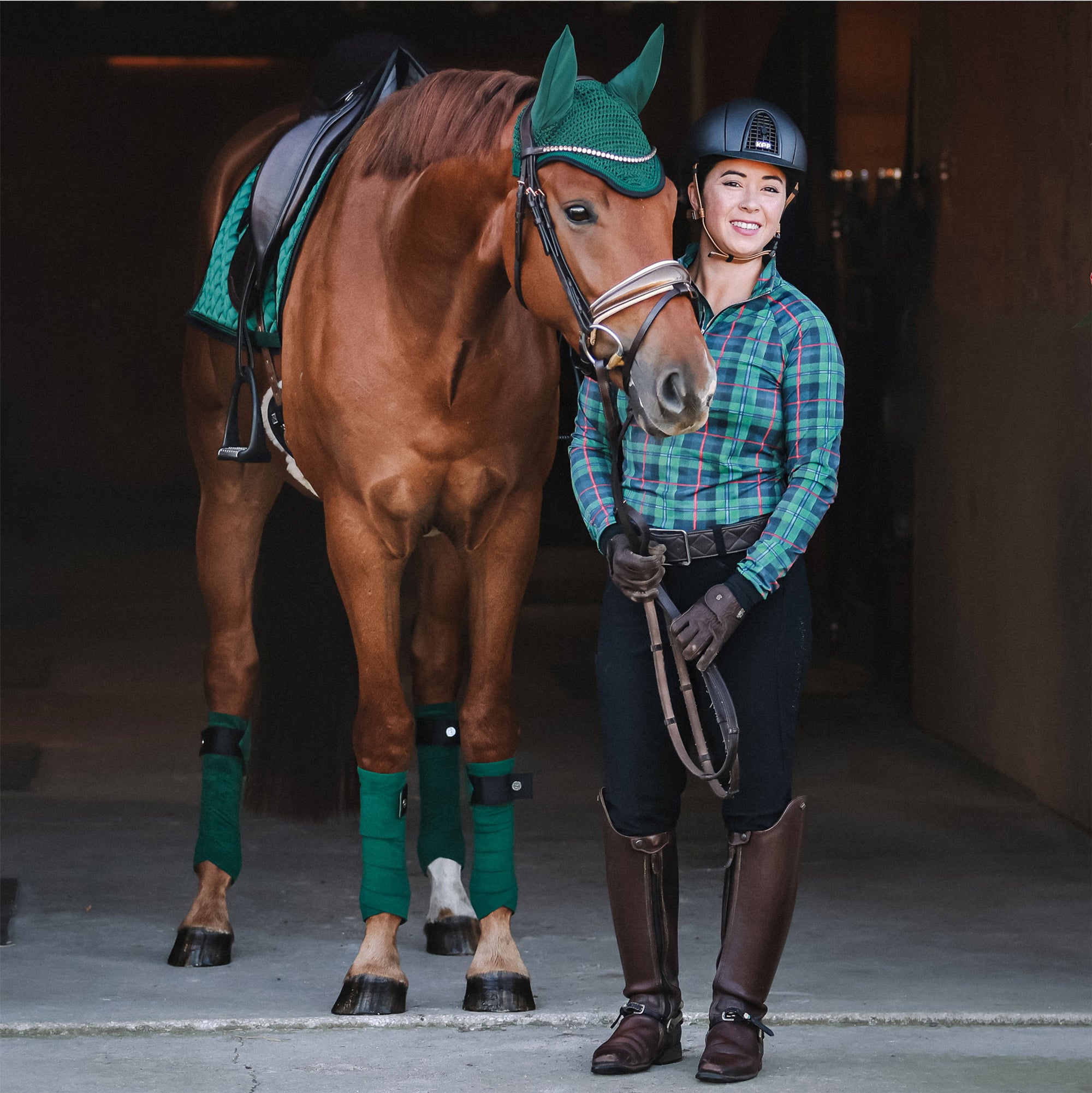
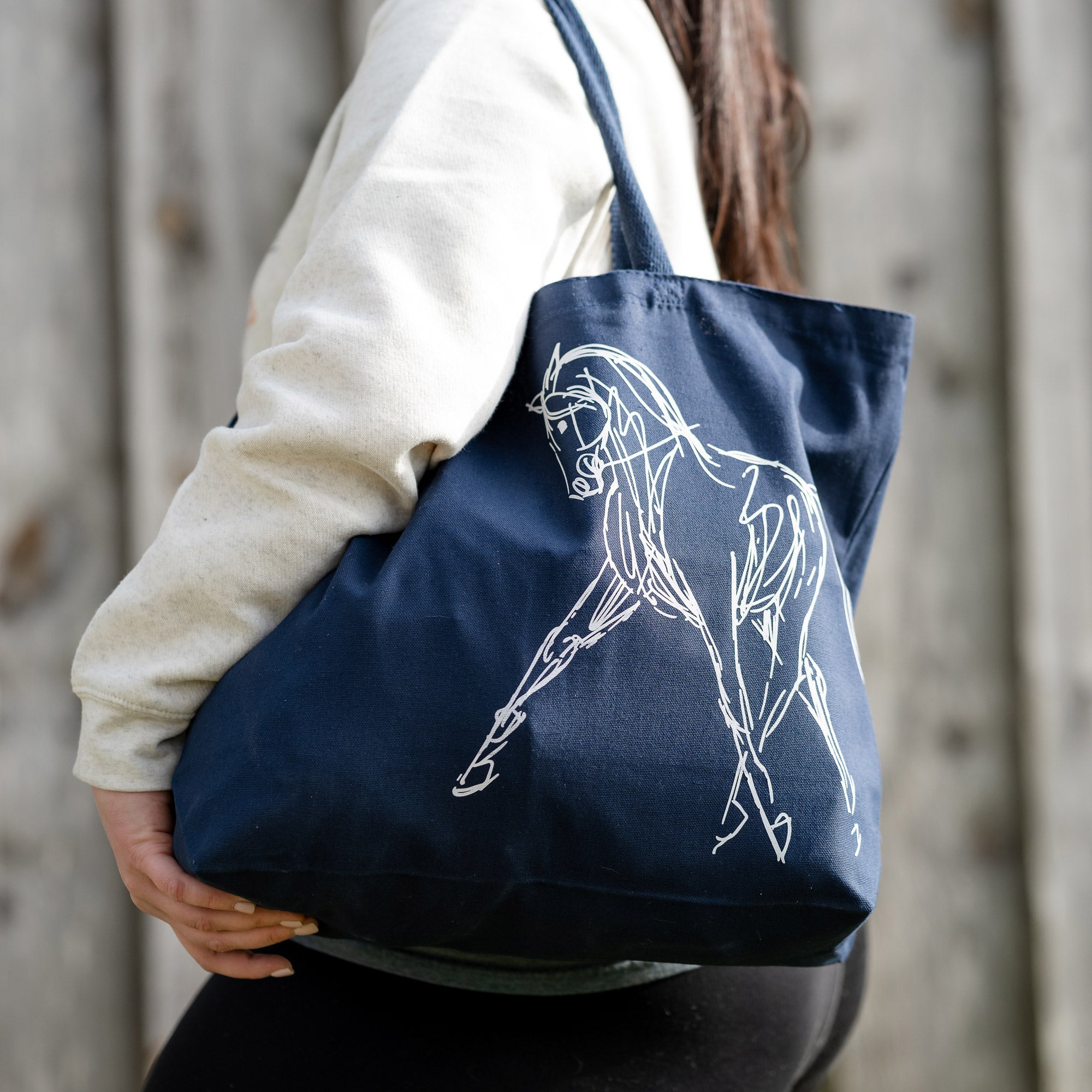




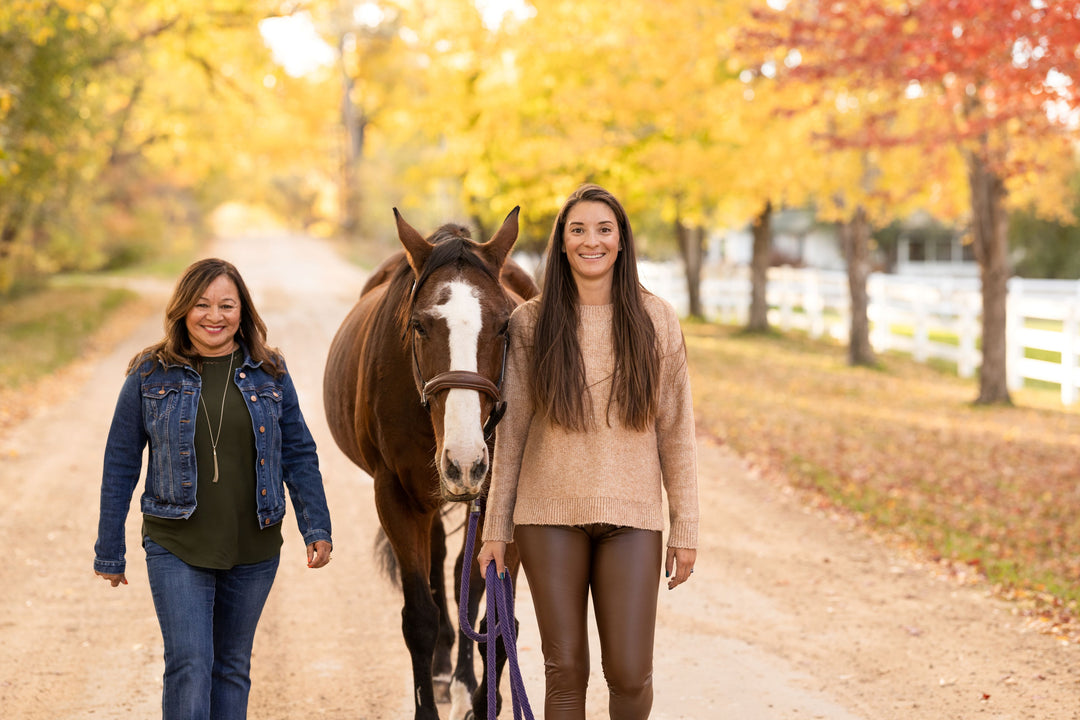

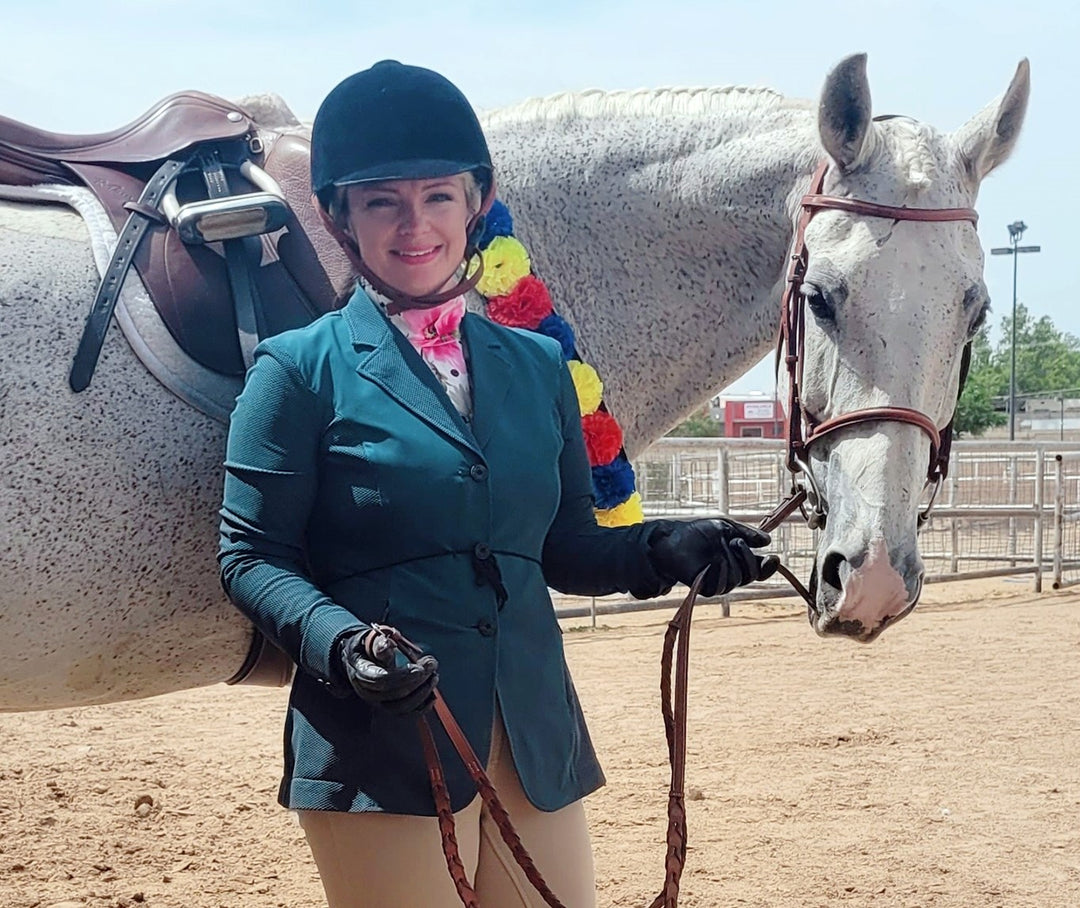
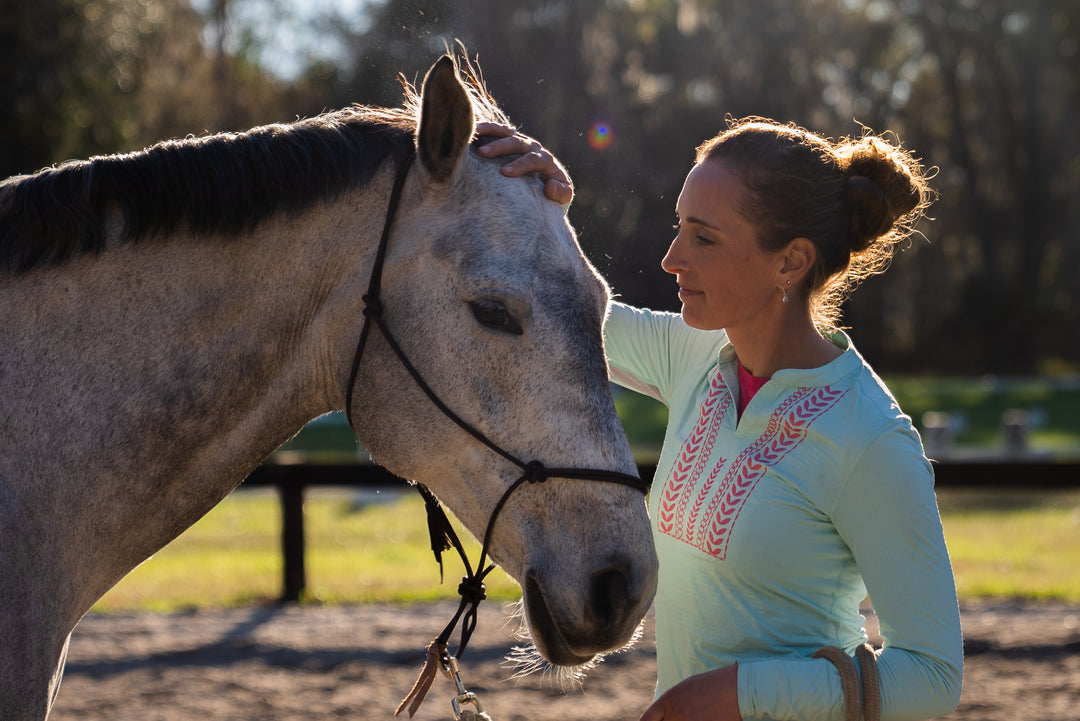

Leave a comment